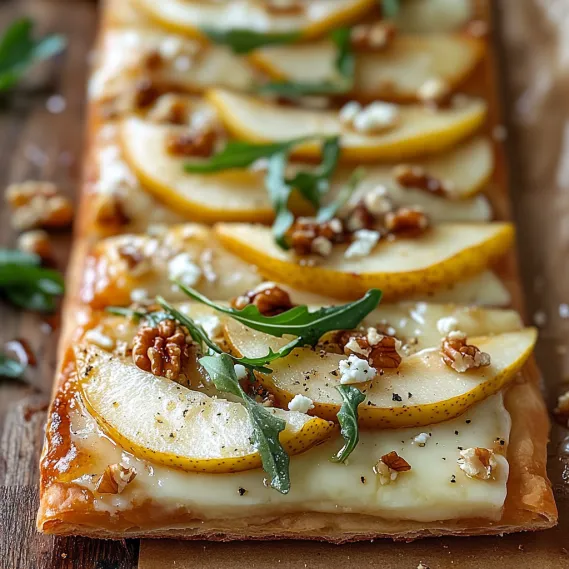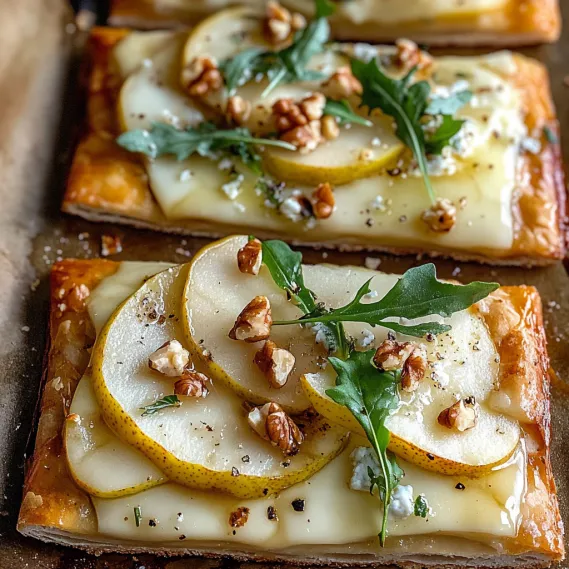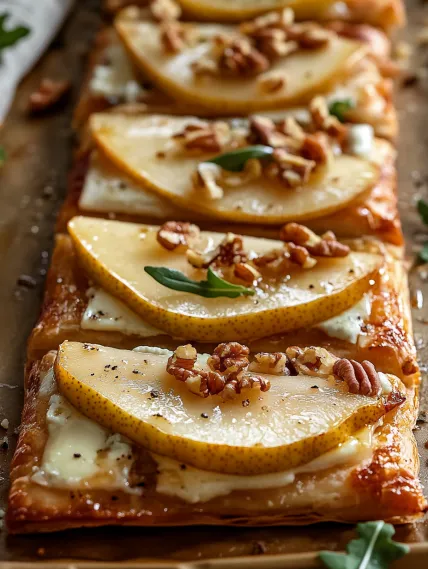 Pin
Pin
This hearty Filipino Lumpia recipe brings authentic flavors straight to your table with a perfect balance of savory filling and crispy wrapper. The contrast between the crunchy exterior and juicy filling makes this dish irresistible for any occasion, from casual family dinners to festive celebrations.
I first learned to make lumpia from my Filipino neighbor who insisted I master the tight rolling technique. After several practice sessions and lots of laughter over my misshapen attempts, I finally got it right. Now it's my go-to recipe whenever I host gatherings, and the first dish to disappear from the table.
- Spring roll wrappers: these thin sheets create the signature crispy exterior and hold everything together
- Ground pork: traditional protein choice that provides rich flavor and juicy texture
- Shredded carrots: add natural sweetness and beautiful color contrast
- Finely chopped green beans: provide texture and freshness to balance the savory elements
- Finely chopped onions: create aromatic base for the filling
- Minced garlic: essential for authentic flavor depth
- Soy sauce: introduces umami and saltiness that enhances the meat
- Ground black pepper: adds subtle heat and dimension
- Salt: balances all flavors and enhances the natural taste of ingredients
- Sesame oil: provides nutty aroma that elevates the entire dish
- Fresh cilantro: optional herb that brings brightness and freshness
- Oil for frying: choose one with high smoke point like vegetable or peanut oil
- Prepare the Filling:
- Mix all filling ingredients thoroughly in a large bowl. The key is ensuring even distribution of seasonings and vegetables throughout the ground meat. Take your time with this step as it builds the foundation of flavor for your lumpia. I recommend using your hands for the best mixing results, making sure to break up any clumps of meat for consistent texture.
- Create the Perfect Roll:
- Position your wrapper like a diamond on a clean, dry surface. Place approximately two tablespoons of filling in a neat line about an inch from the bottom corner. Fold the bottom corner over the filling, then tuck it under to create a tight cylinder. Fold both side corners inward to seal the edges, then continue rolling upward until you reach the top corner. Apply a small amount of water to seal the final edge. The tighter your roll, the less likely it will burst during frying.
- Master the Frying Technique:
- Heat oil to 350°F in a deep pan or pot. The proper temperature ensures crispy exterior without burning. Test with a small piece of wrapper if you do not have a thermometer. Add lumpia carefully in batches of 4 to 5 pieces, giving them plenty of space to fry evenly. Rotate occasionally for uniform golden color, approximately 4 to 5 minutes total. Remove when deeply golden and drain on paper towels. Allow to cool slightly before serving for maximum crispness.
- Present with Dipping Sauce:
- Arrange freshly fried lumpia on a serving platter. Traditional accompaniments include sweet chili sauce, vinegar dipping sauce, or banana ketchup. Slice larger rolls diagonally for elegant presentation. Garnish with additional fresh herbs if desired. Serve immediately while still hot and crispy for the best texture contrast.

My grandmother always insisted on adding a tablespoon of finely minced water chestnuts to the filling for extra crunch. Though not strictly traditional, this secret ingredient became our family's signature touch. I remember standing beside her in the kitchen, carefully following her instructions for the perfect roll technique, a skill that took patience to master but created the most satisfying results.
Storage Tips
Cooked lumpia stays crispy for about 2 hours at room temperature, making it ideal for parties. For longer storage, refrigerate cooled lumpia in an airtight container for up to 3 days. To reheat, avoid the microwave which makes them soggy. Instead, place them in a 350°F oven for 10-15 minutes until heated through and crispy again. The texture won't be quite as perfect as freshly fried, but still delicious.

Make It Your Own
The beauty of lumpia lies in its adaptability. For vegetarian versions, substitute the meat with finely chopped mushrooms, tofu, or tempeh. Seafood lovers can add chopped shrimp or crab meat. You can also adjust the vegetable ratio according to preference. Some regions in the Philippines add bean sprouts or cabbage for extra crunch. Sweet variations called turon use banana and jackfruit instead of savory filling, dusted with brown sugar before frying for a caramelized exterior.
Cultural Significance
Lumpia holds a special place in Filipino celebrations and gatherings. Originally brought to the Philippines through Chinese influence, it evolved into distinct varieties across the archipelago. In Filipino culture, the process of making lumpia often becomes a family activity, with generations working together to prepare large batches. This communal cooking experience strengthens family bonds and passes down culinary traditions. Serving lumpia to guests is considered a gesture of hospitality and abundance.
To complete your Filipino feast, serve lumpia alongside pancit (Filipino noodles), chicken adobo, or steamed rice. The contrasting textures and flavors create a balanced meal that showcases the best of Filipino cuisine. Your guests will surely ask for this recipe before they leave!
Recipe FAQs
- → What is the best dipping sauce for lumpia?
Sweet chili sauce is a classic choice, but you can also try a vinegar-based dip for a tangy flavor.
- → Can I use chicken instead of pork for the filling?
Yes, chicken is a great alternative to pork and works well with the other ingredients.
- → How do I ensure the lumpia stays crispy for longer?
Fry in hot oil and avoid overcrowding the pan. Place fried lumpia on a paper towel to drain excess oil.
- → Can I prepare lumpia in advance?
Yes, you can prepare and freeze lumpia before frying. Fry directly from frozen for the best results.
- → What variations of lumpia exist in Filipino cuisine?
Variations include fresh lumpia, filled with sautéed vegetables and wrapped in a softer wrapper, and turon, a sweet version filled with banana and jackfruit.
